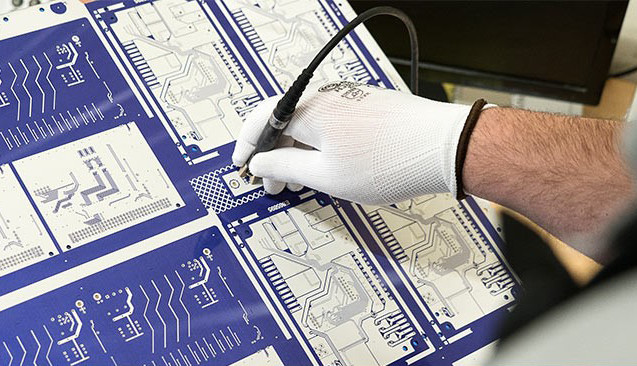What PCB Designers Should Know about the Copper Thickness of a PCB
on

A printed circuit board (PCB) is a very complex and technically demanding construction made of different materials and process steps with unavoidable tolerances. The reasons for this are on the one hand the starting material for the PCB, the base material, and on the other hand the different process steps a PCB passes through during production: electroplating, etching, cleaning.
The starting point is the base copper or starting copper of the base material, as delivered to the PCB manufacturer, already varies in thickness due to tolerances in the production process. Every process step at the PCB manufacturer also has tolerances. This is because the metal lattices of the copper do not build up exactly evenly in the wet chemical process and a small amount of copper is removed in each cleaning step. The copper layer of the finished circuit board is called final copper.
The two specifications for the base copper and the end copper are nominal values which, as the name suggests, may vary. The IPC-A-600J Guideline Acceptance Criteria for Printed Circuit Boards defines the ideal external and internal condition of a PCB, including the conductive pattern and thickness of the copper.
Class 2 of IPC-A-600J applies to the Industry Standard. IPC-A-600J specifies a minimum thickness for the thickness of the copper layers, but there is no maximum thickness. This means that if the actual copper thickness in the inner layers and on the two outer layers is greater than or equal to the minimum according to IPC-A-600, then the board is accepted.
An example: The typical thickness of copper foil is 18 µm. For an inner layer of 18 µm nominal copper thickness, IPC-A-600J Class 2 accepts a minimum of 11.4 µm after manufacture. For the outer layer 18 µm copper foil means a final thickness of 35 µm nominal value. According to IPC-600J Class 2, the nominal value is met if the final copper thickness is at least 33.4 µm.
Click here for more information on the the tolerances of the copper thickness where we also comparing our usual values and those accepted according to IPC-A-600J Industry Standard Class 2.



Discussion (0 comments)